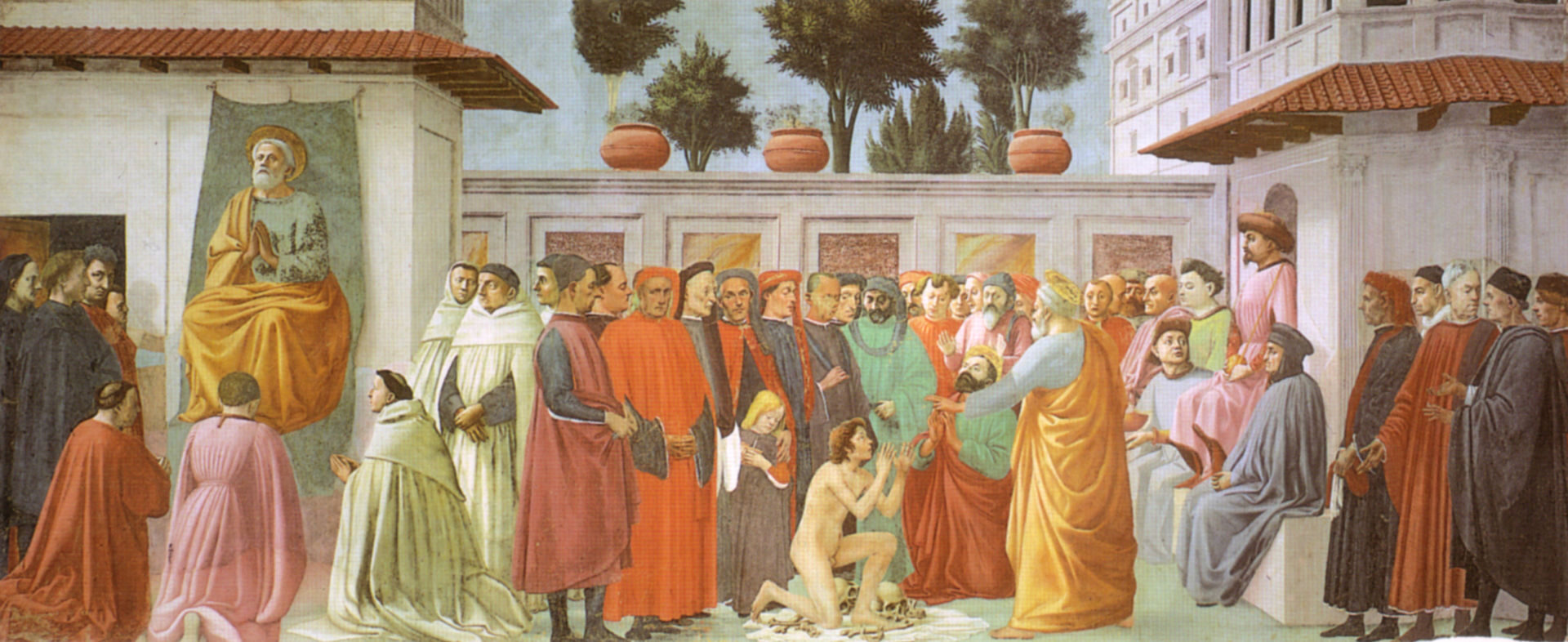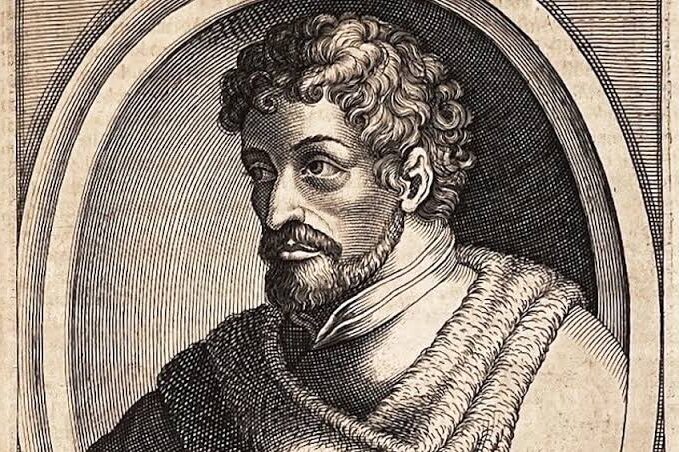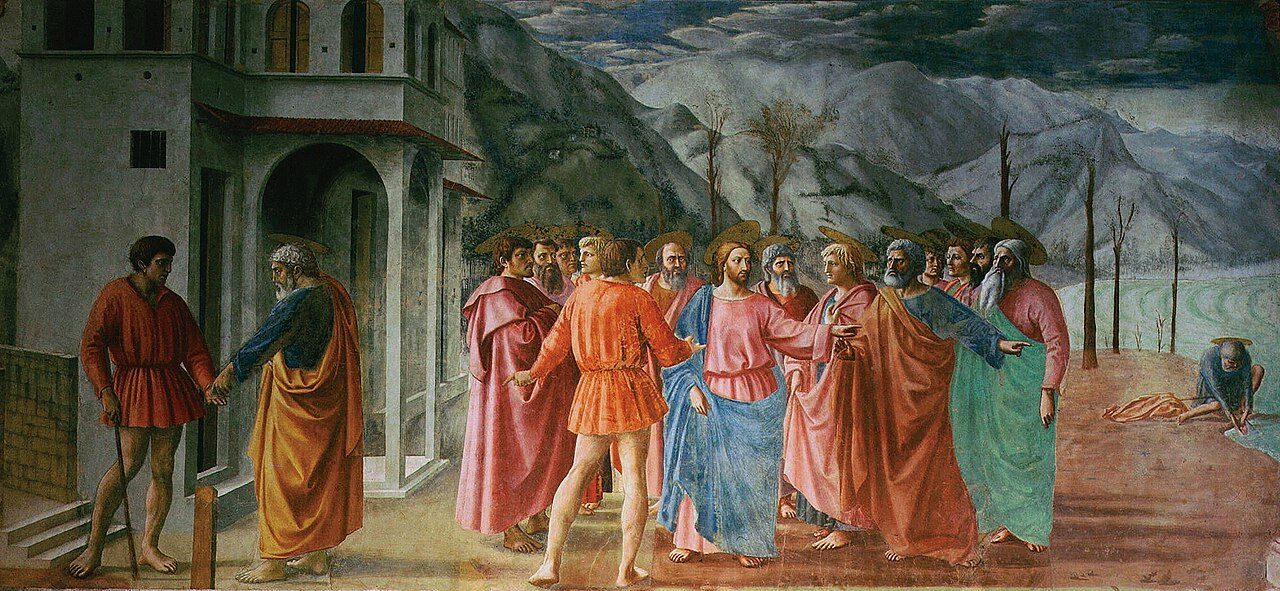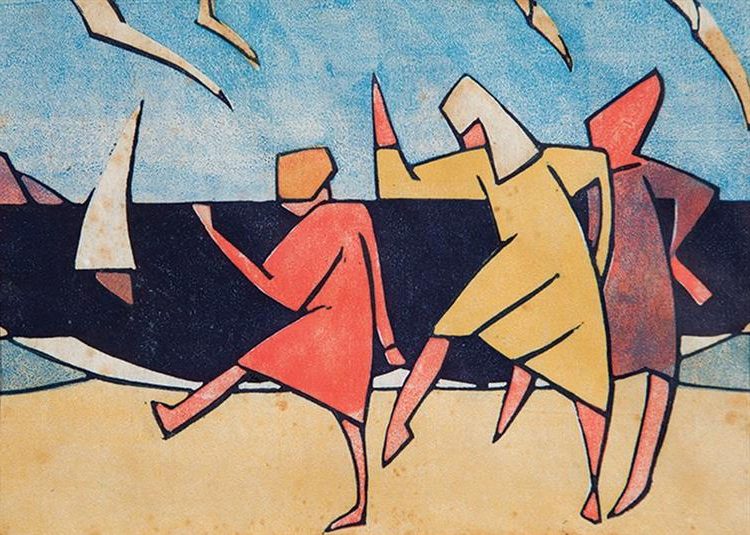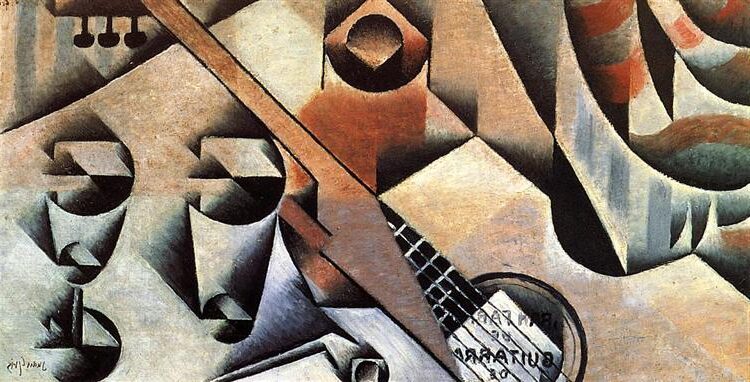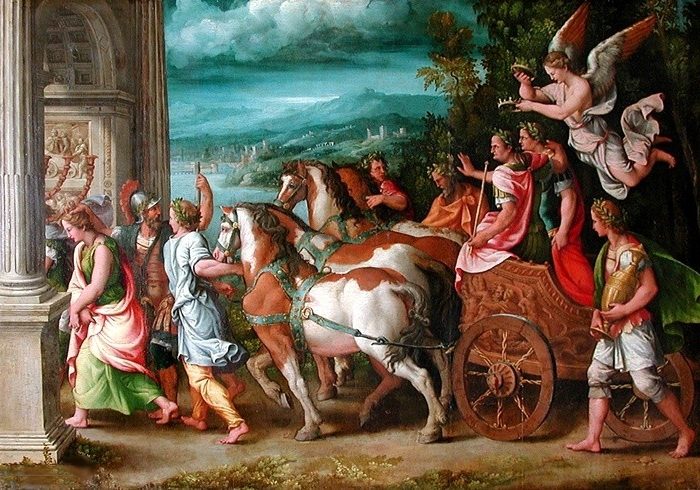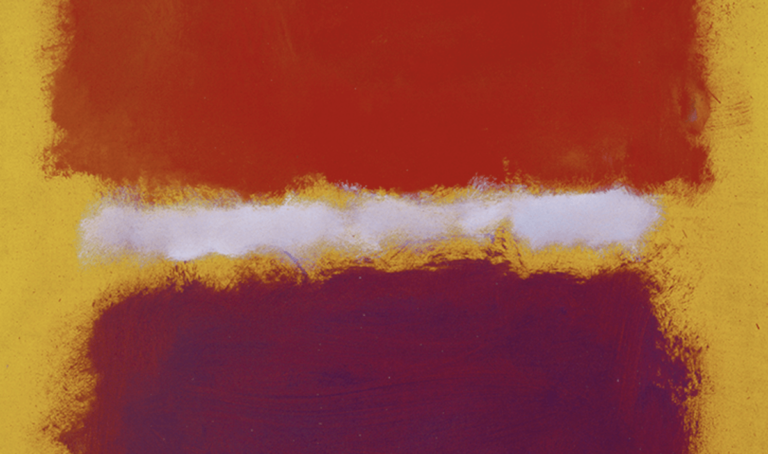Masaccio Paintings: A Revolutionary Approach to Perspective and Renaissance
Born: December 21, 1401, San Giovanni Valdarno, Republic of Florence
Death: 1428, Rome, Papal States
Art Movement: Early Renaissance
Nationality: Italian
Influenced By: Giotto di Bondone
Masaccio Paintings: A Revolutionary Approach to Perspective and Realism
Life and Contributions of Masaccio
Masaccio, born in Tuscany, made significant contributions to Early Renaissance art through his innovative techniques. His work displayed a shift towards realism and emotional depth, influenced by prior artists like Giotto. He also joined a major artist guild in Florence, which shaped his artistic career.
Biography and Artistic Development
Masaccio was born Tommaso di Ser Giovanni di Simone in 1401 in Castel San Giovanni, now known as San Giovanni Valdarno. His father, a notary named Ser Giovanni di Simone, passed away when Masaccio was young.
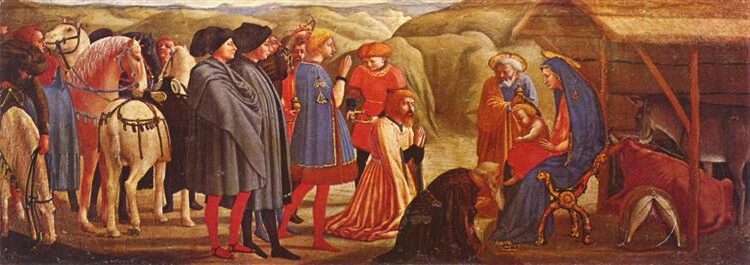
The Adoration of the Kings (1425–1428) by Masaccio
Masaccio’s early exposure to the arts came from Florence’s vibrant artistic scene. Here, he began developing a distinct style characterized by realistic figures and a groundbreaking use of perspective.
By his late teens, Masaccio moved to Florence, eager to immerse himself in the city’s bustling art circles. Quickly, he became known for his bold use of light and shadow, or chiaroscuro. This attention to detail marked a departure from the flatter depictions seen in Medieval art and paved the way for future Renaissance artists.
Influence of Early Renaissance and Giotto
The Early Renaissance period was marked by a return to classical ideals and a focus on realistic representation. Masaccio, deeply influenced by Giotto, sought to emulate the emotional gravity and naturalism of Giotto’s works.
Giotto’s ability to portray raw human emotions and lifelike forms inspired Masaccio to advance these techniques further in his own paintings.
In Florence, Masaccio’s frescoes stood out for their unprecedented depth and life-like representation. His work in the Brancacci Chapel, particularly the frescoes, showed his mastery of linear perspective. Masaccio’s contributions laid a foundation for the exploration of realism and narrative in art, which defined the Renaissance era.
Apprenticeship and Membership in Arte De’ Medici E Speziali
Masaccio’s early work was supported by his membership in a prestigious guild, the Arte De’ Medici E Speziali. Membership in such a guild was essential for an artist in Florence, as it offered connections, patrons, and a platform to showcase skill. His apprenticeship under established masters further honed his techniques and influenced his distinctive style.
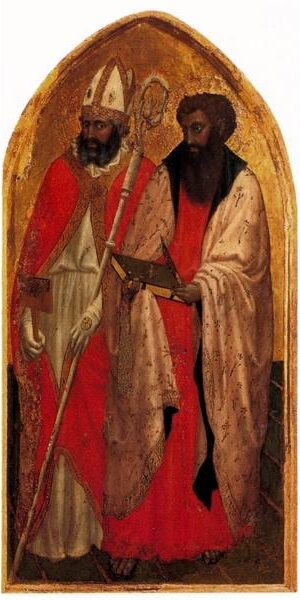
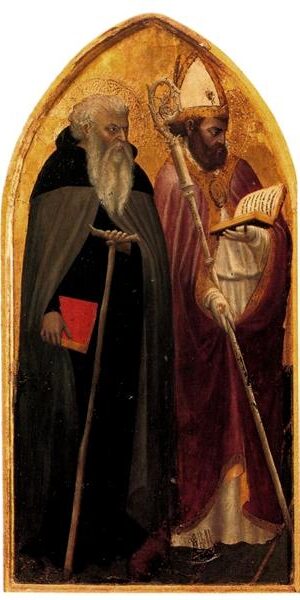
During his apprenticeship, Masaccio collaborated with other budding artists, exchanging ideas and pushing artistic boundaries. His membership in the guild demonstrated recognition of his talent and positioned him among the prominent figures of Florentine art. This environment nurtured his creativity and facilitated the development of his unique contributions to Renaissance painting.
Major Works and Artistic Achievements
Masaccio, a key figure of the Italian Renaissance, is celebrated for his innovative use of perspective and realism. His works in the Brancacci Chapel and his religious altarpieces are particularly notable, as is his skill in depicting human figures with lifelike detail.
Brancacci Chapel Frescoes
Masaccio’s frescoes in the Brancacci Chapel, located in Santa Maria del Carmine, are a cornerstone of Renaissance art. Among these, “The Tribute Money” stands out for its groundbreaking use of linear perspective and chiaroscuro to create depth.
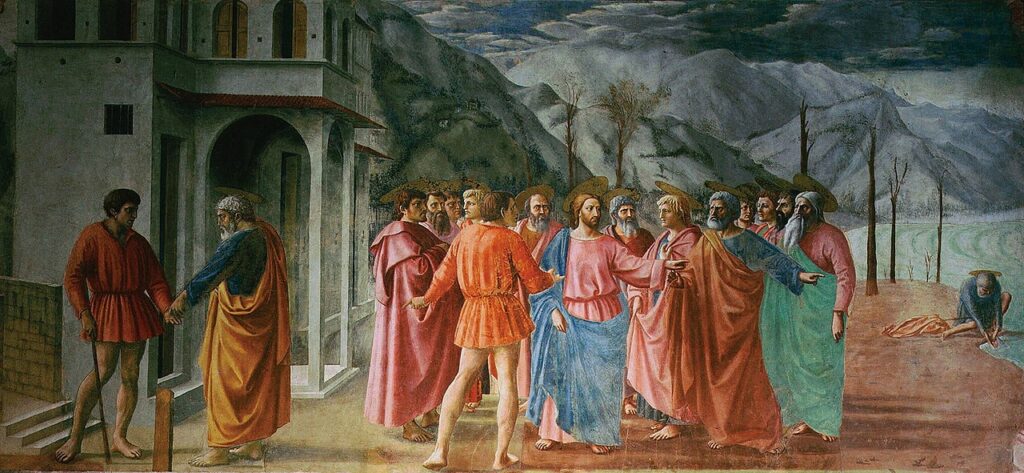
The Tribute Money (c. 1425) by Masaccio
Another notable work is “The Expulsion from the Garden of Eden,” which captures raw human emotion. The frescoes were collaborated with Masolino, but Masaccio’s sections are particularly revered for their dramatic realism and anatomical precision.
Altarpieces and Religious Significance
His San Giovenale Triptych, painted in 1422, marks Masaccio’s early mastery. Depicting the Madonna and Child, this piece integrates religious symbolism with innovative style, showing an acute understanding of human anatomy and three-dimensional space.

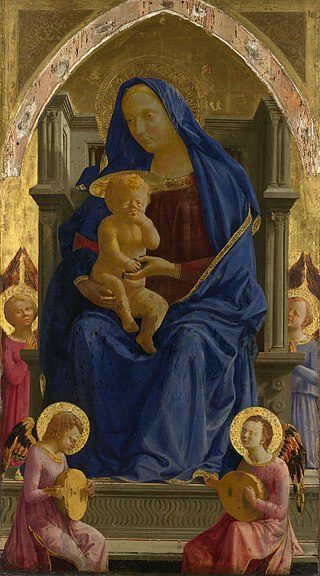
The altarpiece “Virgin and Child with Saint Anne” exemplifies depth and realism. It represents sacred figures with gravity and emotion, distinguishing Masaccio from his predecessors. His contributions to religious art extended beyond single paintings, influencing the portrayal of sacred stories in Renaissance Europe.
Portraits and Human Figures
Masaccio’s ability to render human figures realistically set him apart. In works like “Portrait of a Young Man,” he captures individual personality and expression, a significant shift from the more symbolic representations typical of earlier periods.


His fresco, “Holy Trinity,” is another masterpiece showing his skill in perspective and human anatomy. The fresco presents the Virgin Mary and other figures with a profound sense of realism and spatial accuracy. Masaccio’s work paved the way for later artists like Leonardo and Michelangelo, cementing his legacy in art history.
Innovations in Art and Perspective Techniques
Masaccio, a pioneering figure in the Italian Renaissance, transformed painting through his groundbreaking techniques. His work introduced concepts like linear perspective, chiaroscuro, and naturalism, giving his paintings a lifelike appearance.
Linear Perspective and Use of Vanishing Point
Masaccio was among the first painters to master linear perspective, radically altering how space was represented on canvas. He applied the principles of single-point perspective, ensuring that all lines in the painting converge at a single vanishing point. This method gave depth to paintings, making them more realistic.
In works such as “The Holy Trinity,” Masaccio uses linear perspective to guide the viewer’s eyes into the painting. The vanishing point creates a sense of depth, drawing attention to central figures. This technique was inspired by the architectural studies of Filippo Brunelleschi, setting a new standard for spatial accuracy in art.
Chiaroscuro and Three-Dimensionality
Chiaroscuro, the use of strong contrasts between light and dark, was another innovation by Masaccio. This technique added volume and depth, making figures appear three-dimensional. By carefully manipulating light and shade, he enhanced the naturalism and realism of his subjects.
In his painting “Tribute Money,” the figures show remarkable three-dimensionality. The skillful use of light and shadow gives solidity to the figures and creates a lifelike scene. Through chiaroscuro, Masaccio brought a new level of realism to painting, influencing future artists in the Italian Renaissance.
Naturalism and Anatomical Accuracy
Masaccio’s commitment to naturalism and anatomical accuracy was evident in his depiction of human figures. He studied human anatomy to portray realistic bodily forms and movements. This accuracy in anatomy allowed more expressive and dynamic compositions, adding to the viewer’s engagement with the artwork.
In paintings such as “Expulsion from the Garden of Eden,” human figures display natural expressions and postures, conveying emotion effectively. His approach marked a move towards realism, depicting figures with volumetric bodies and foreshortened forms, making them appear more life-like. This focus on naturalism became a defining characteristic of Renaissance art.
Collaborations and Relationships

The San Giovenale Triptych (1422) by Masaccio
Masaccio was a pioneering figure in early Renaissance art. He formed key relationships with other artists of his time, which influenced his work and propelled art into new directions.
Masaccio’s Contemporaries and Influences
Masaccio’s work was shaped by several contemporaries. One key figure was Masolino da Panicale, an older artist who collaborated with him on works like the Madonna and Child with St. Anne.
His interactions with Masolino contributed to his understanding of perspective and the human form.
Vasari noted that Masaccio’s education in art was influenced by Masolino, though their distinct styles were apparent in joint projects. Masaccio’s innovations stood out during a period dominated by the International Gothic Style.
Artistic Synergy with Donatello and Brunelleschi
In Florence, Masaccio developed a synergy with Donatello and Filippo Brunelleschi. They were pivotal Renaissance figures. Donatello and Masaccio shared ideas about naturalism and three-dimensional space.
Brunelleschi, famous for developing linear perspective, greatly influenced Masaccio’s use of depth.
This collaboration led to masterpieces like the Brancacci Chapel, where Masaccio’s use of perspective and anatomy revolutionized painting in his time. The collaboration among these artists inspired later luminaries such as Michelangelo, who admired Masaccio’s frescoes.
Their combined efforts laid the groundwork for future innovations in Renaissance art. The mutual influences among them pushed the boundaries of artistic expression.
Masaccio’s Impact on Western Art and Legacy

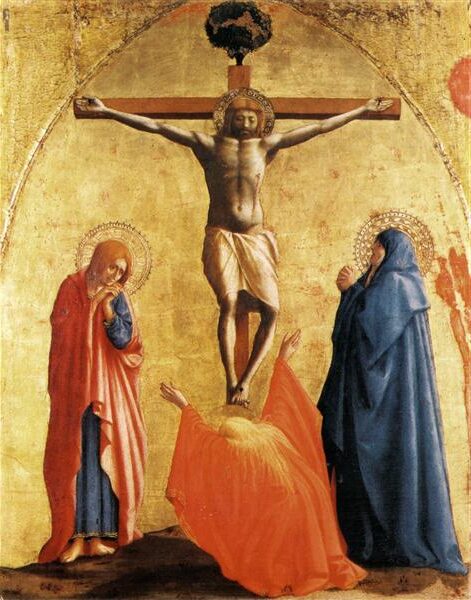
Masaccio revolutionized Western painting with his innovative use of perspective and naturalism. His work marked a significant shift from Gothic styles to Renaissance realism, influencing countless artists and preserving his legacy in art history.
Shift from Gothic Style to Renaissance Realism
Masaccio was a Florentine painter who played a key role in moving art from the ornate Gothic style to the more balanced Renaissance realism. His approach focused on creating lifelike figures in natural settings, which contrasted with the previous use of flat images and decorative gold leaf backgrounds typical of Gothic art.
One of his most famous contributions is his work in the Brancacci Chapel’s frescoes, where he used perspective to create depth. His paintings highlighted realistic human figures and emotions, marking the beginning of the Quattrocento period. This shift was a crucial moment in art history, paving the way for future Renaissance masters.
His Enduring Influence on Later Artists
Masaccio’s impact on Western art extended far beyond his lifetime, inspiring future artists like Leonardo da Vinci, Michelangelo, and Raphael. These artists admired Masaccio’s mastery of light and shadow, which brought a sculptural quality to his figures.
His successful integration of realism and technique influenced the course of painting, establishing a new standard for representation in Western art. The fresco cycle in the Brancacci Chapel continued to be an essential study piece for artists who sought to replicate or build upon his techniques, proving his lasting influence on art history.
Preservation and Display of His Works Today
Many of Masaccio’s works are preserved and displayed in prominent locations, reflecting his enduring legacy. His piece, “The Adoration of the Magi,” can be viewed at the Uffizi Gallery, a testament to his genius. Another significant work, “Desco Da Parto,” remains appreciated for its historical and artistic value.


These pieces help maintain his influence in art history and allow contemporary audiences to experience firsthand his contribution to Western painting. The ongoing study and preservation of his art play a vital role in keeping his legacy alive within the art community and beyond.
Frequently Asked Questions
Masaccio is a pivotal figure in art history. His innovative approach to painting helped shape the trajectory of the Renaissance. His works and techniques continue to be studied and admired today.
What is Masaccio renowned for in the art world?
Masaccio is celebrated for introducing a sense of realism and depth to painting. He was among the first to use linear perspective, giving his works a lifelike quality. His ability to depict human emotions and natural movement set a new standard in Renaissance art.
How did Masaccio contribute to the Renaissance period?
Masaccio played a crucial role in the development of Renaissance art by moving away from the rigid styles of medieval painting. His use of light and shadow, known as chiaroscuro, and his mastery of perspective, influenced numerous artists and marked a shift towards more realistic representation in art.
Can you elaborate on the significance of the ‘Holy Trinity’ by Masaccio?
The ‘Holy Trinity’ fresco is a groundbreaking work using one-point perspective, drawing the viewer’s eye into the depth of the painting. It represents the Holy Trinity with striking realism and architectural precision, reflecting the Renaissance’s growing interest in classical techniques and spatial perspectives.
What are some intriguing facts about Masaccio’s life and career?
Masaccio had a short but impactful career, passing away at the age of 27. Despite his brief life, he left an indelible mark on art history with his innovative techniques. He worked primarily in Florence and was a contemporary of other great Renaissance artists.
Which work is considered Masaccio’s most celebrated piece?
His most celebrated piece is arguably the fresco “The Holy Trinity” in the Church of Santa Maria Novella. This work exemplifies his mastery of perspective and realism, making it a landmark in Western art.
What are the revolutionary aspects of Masaccio’s techniques and styles?
Masaccio revolutionized painting with his use of linear perspective and chiaroscuro. He focused on human emotion and realistic physical representation, setting him apart from his predecessors.
His techniques paved the way for later Renaissance artists to explore depth and realism in their own works.

